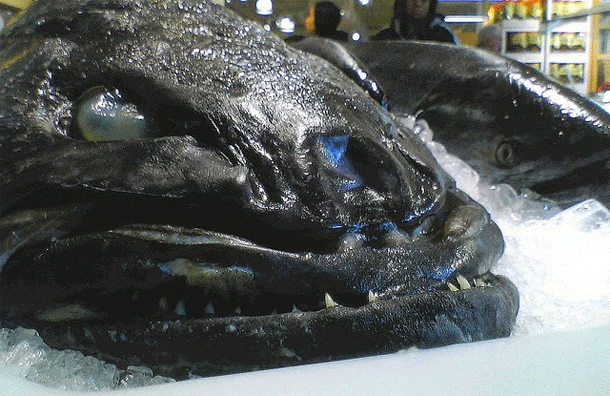This is the first in a series of case studies that examine the different ways new foods become naturalized parts of our diets. Why is this important? Promoting the consumption of insect, plant and in-vitro protein is an increasingly vital component of addressing global food and environmental concerns. Despite this, convincing consumers to abandon steaks and chicken nuggets remains a daunting task.
When is a Patagonia toothfish not a Patagonian toothfish? When it's a Chilean sea bass. In the first principle of food familiarization, semantic tricks are used to place strange food in a context where it feels familiar, alluring, or healthful. In the infamous example of Dissostichus eleginoides, an ugly fish with an ugly name was rebranded as the sexy-sounding Chilean sea bass.
This name change was part of a larger marketing campaign that transformed a once-obscure Arctic fish into a common menu item in high-end restaurants across the world – leading to a frenzy of overfishing, and an inevitable population crash for the poor toothfish.
Tricky wordplay crops up all the time when it comes to fish, perhaps because there's still room for growth when it comes to introducing new fish to the English-speaking world, or perhaps just because many fish have disgusting names. Slimefish became orange roughy, Asian carp became silverfin, and the evocative whore's egg or sea urchin is now better known as uni. Other changes reflect changing sensibilities: it's probably been a while since you saw mahi-mahi listed as dolphin.
The renaming phenomena isn't limited to species names. Tuna "loin" taps into associations with a tender beef loin, despite the fact that, lacking pelvises, tuna don't actually have loins. So next time you bite into a juicy Chinese gooseberry (kiwi) remember that there are lies, damned lies, and then there's food branding.

Share your thoughts and join the technology debate!
Be the first to comment